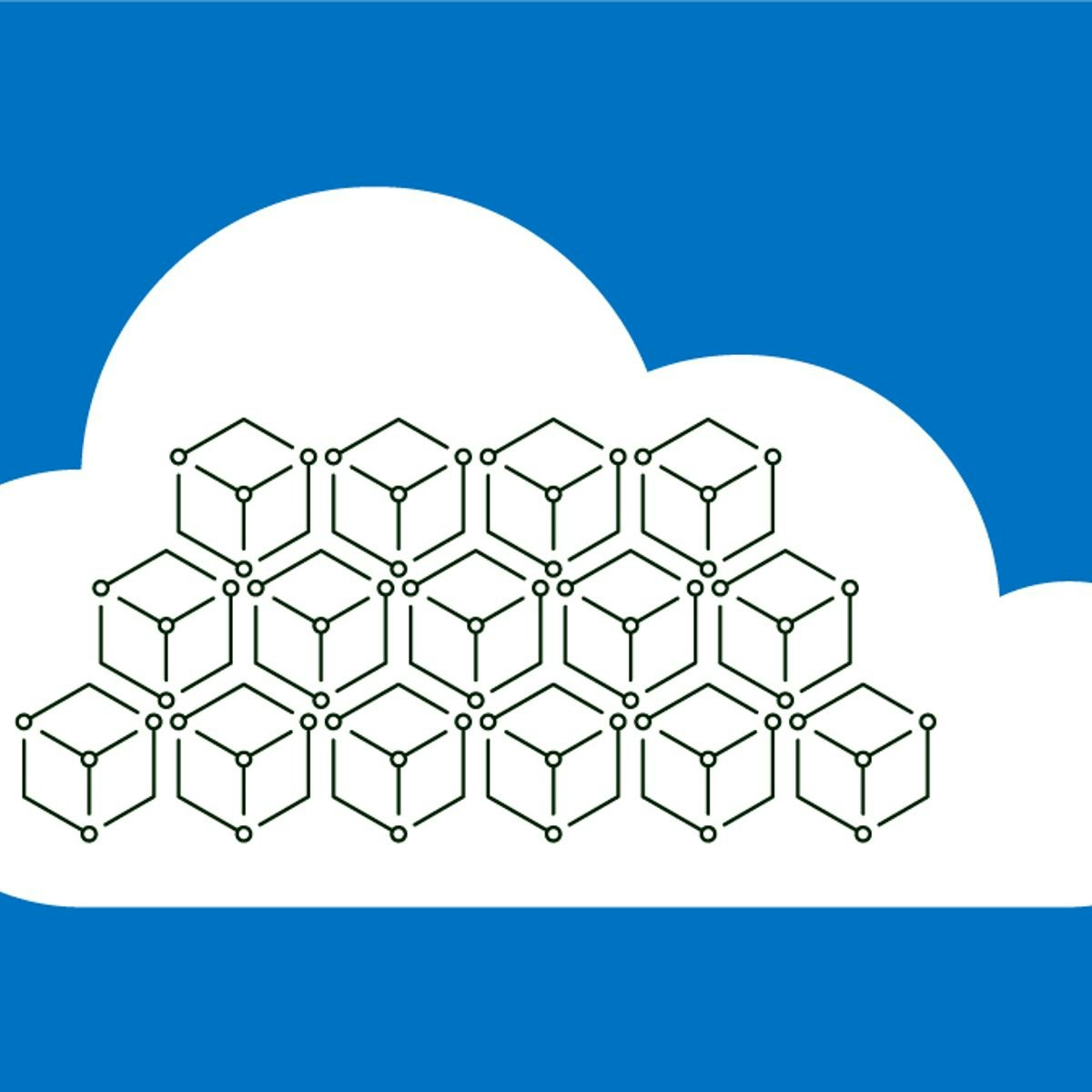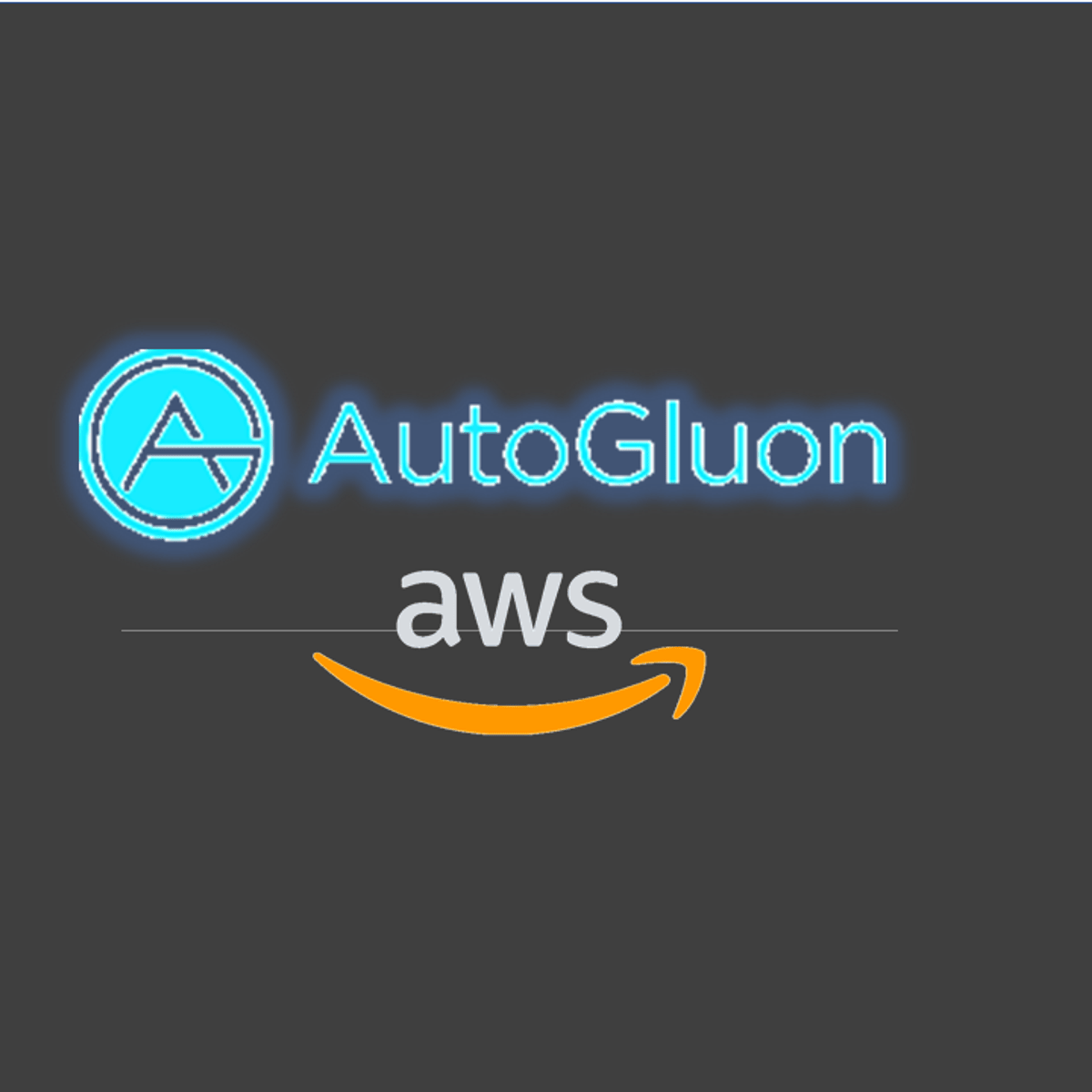Back to Courses









Cloud Computing Courses - Page 26
Showing results 251-260 of 930

Implementing Microsoft Azure Backup
In this one hour long project, you will learn everything you need to know to start working with Azure backup. We will begin by setting up a Recovery Services Vault where Azure stores all the backup data and then we will create backup policies. In the latter part of the course, we will create a Free tier virtual machine and we will implement an entire virtual machine backup. By the end of this course, you will gain the ability to utilize the Azure cloud for all of your backup needs.
Google Slides
With Google Slides, you can create and present professional presentations for sales, projects, training modules, and much more.
Google Slides presentations are stored safely in the cloud. You build presentations right in your web browser—no special software is required. Even better, multiple people can work on your slides at the same time, you can see people’s changes as they make them, and every change is automatically saved.
You will learn how to open Google Slides, create a blank presentation, and create a presentation from a template. You will explore themes, layout options, and how to add and format content, and speaker notes in your presentations.
You will learn how to enhance your slides by adding tables, images, charts, and more. You will also learn how to use slide transitions and object animations in your presentation for visual effects.
We will discuss how to organize slides and explore some of the options, including duplicating and ordering your slides, importing existing slides, copying slides, and hiding slides.
You will learn how to share your presentation with others and will also learn about collaborator permissions, tracking changes, and version management.
Google Slides offers many features that make team collaboration easy. You will learn how to collaborate with your team using comments and action items.
Presenting your slides is the ultimate goal so you will learn how to present your slides to others and explore the presentation tools available.

Application Modernization for Enterprise Systems
During this learning journey, you will be learning how to apply modernization in your Hybrid Cloud environment including IBM Z.
We will look at lifecycle enablement by using DevOps, how to create an application centric environment, Establishing Data Centric Integration and utilize events to drive responses.
By using digital content, use cases and hands-on exercises we provide theability to look and learn what it takes to achieve and implement modernization in the best way possible.

Kubernetes: Basic Architecture and First Deployment
This course is designed for the absolute beginner to Kubernetes who is asking the question: What is going on with all this Kubernetes stuff?! We take a theory and practical approach to try to demystify the core concepts of Kubernetes to enable you, the user, to be confident going forward and using Kubernetes yourself.
We will acheive this by focussing on the following learning objectives:
1. Understanding core fundamental concepts of Kubernetes
2. Write an actual Kubernetes Deployment
3. Create a cluster and service to expose the cluster to outside connections
By the end of this course, you will know what Kubernetes is all about. You will know its use case as well as the basic architecture behind a Kubernetes cluster at a high level. You will be confident to start using commands against clusters.

Introduction to Containers w/ Docker, Kubernetes & OpenShift
With a median salary of $137,000, developers with container skills are in demand. More than 70 percent of Fortune 100 companies are running containerized applications. But why?
Using containerization, organizations can move applications quickly and seamlessly among desktop, on-premises, and cloud platforms.
In this course designed for beginners, learn how to build cloud native applications using current containerization tools and technologies such as containers, Docker, container registries, Kubernetes, OpenShift, and Istio. Also learn how to deploy and scale your applications in any public, private, or hybrid cloud.
Each week, you will apply what you learn in hands-on, browser-based labs. By the end of the course, you’ll be able to build a container image, then deploy and scale your container on the cloud using OpenShift.
If you understand basic cloud and programming concepts, and your career path includes roles
such as cloud developer, cloud architect, cloud system engineer, DevOps engineer, and cloud networking specialist, this course is for you!
Take the next step in your cloud career by learning more about containers!

API Gateway: Qwik Start
This is a self-paced lab that takes place in the Google Cloud console.
API Gateway enables you to provide secure access to your services through a well-defined REST API that is consistent across all of your services, regardless of service implementation. In this lab, you will deploy an API on API Gateway to secure traffic to a backend service.

Introduction to the Juniper Contrail Networking Solution
This course will introduce you to Juniper Networks Contrail Networking (CN2) , a cloud-native SDN solution for intelligent networking and security for Telco and IT cloud. You will learn about the concepts of a virtual network, underlays and overlays, as well as tunneling protocols such as VXLAN. The course will explore Network Functions Virtualization (NFV) and software-defined networking (SDN) approaches. You will learn about cloud-native Contrail Networking architecture and integration with orchestrations systems such as Kubernetes. Navigating the Contrail user interface and Contrail’s advanced networking features to create Kubernetes custom networks and multi-interface Pods will also be explored.

Automating your BigQuery Data Pipeline with Cloud Dataprep
This is a self-paced lab that takes place in the Google Cloud console.
In this lab, you will examine how Dataprep can be used on complicated data structures in BigQuery.

Accelerating GKE Incident Response with Prisma Cloud and Cortex XSOAR
This is a self-paced lab that takes place in the Google Cloud console. Learn how to automate the response to a security incident with Prisma Cloud Compute, Cortex XSOAR, additional integrations, and a playbook.

Image Classification on Autopilot with AWS AutoGluon
Hello everyone and welcome to this new hands-on project on image classification with Amazon Web Services (AWS) AutoGluon. In this project, we will train several deep neural networks models to classify images using a powerful library known as AutoGluon. AutoGluon is the library behind AWS SageMaker autopilot and it allows for quick prototyping of several powerful models using a few lines of code.
Popular Internships and Jobs by Categories
Find Jobs & Internships
Browse
© 2024 BoostGrad | All rights reserved